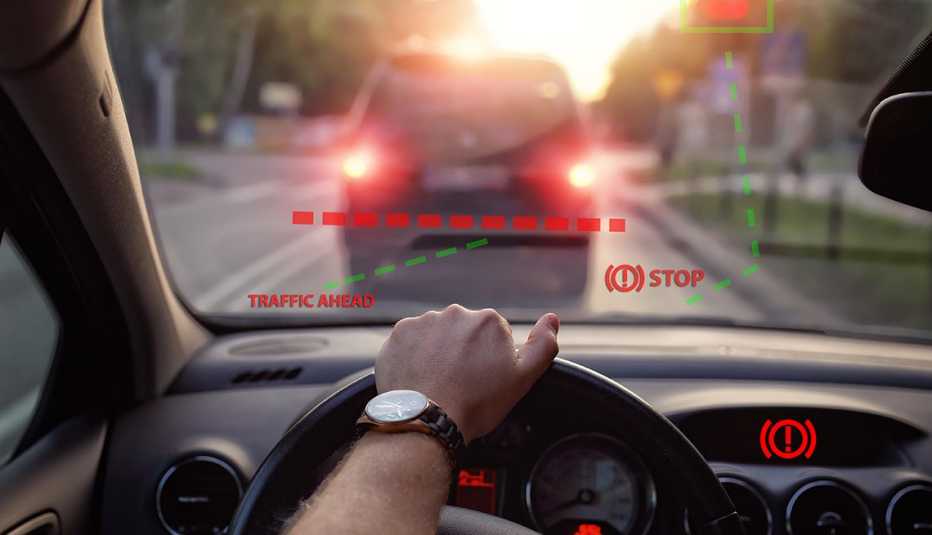AARP Hearing Center
SAN FRANCISCO — No one will be behind the wheels of a five-car fleet of self-driving vehicles as General Motors’ Cruise subsidiary navigates toward launching a robotic taxi service in a city known for its steep and twisty streets.
The announcement of the move comes two months after the company received California's permission to test fully driverless cars in the state. And it would compete against Uber and Lyft in the hometown of the leading ride-hailing services.
Like dozens of other companies testing the robotic technology, Cruise's self-driving cars have been allowed on California public streets for several years but with humans poised behind the wheel to take over in an emergency. Now, Cruise is confident enough to send out its autonomous vehicles without that safety net, instead monitoring from remote locations and, at least initially, having a company employee sitting in the front passenger seat. That employee won't have access to the same controls as a backup driver and eventually won't be sitting in front, according to the company.
"You're seeing fully driverless technology out of the [research and development] phase and into the beginning of the journey to being a real commercial product,” Cruise CEO Dan Ammann says.
California regulators approved new rules Nov. 19 allowing ride-hailing services to pick up paying passengers in self-driving cars. The companies must get both a safety and a pandemic plan approved to minimize risk for all riders, including those with limited mobility, vision impairments and other disabilities. But Cruise isn't looking for passengers just yet.
Instead, Ammann pledged that the company will move cautiously while initially dispatching up to five fully driverless cars into parts of San Francisco. Cruise employees most likely will be the only passengers riding in the fully driverless cars, just as they were when the company was testing the vehicles with a human backup behind the wheel.
Older potential users hesitant to ride
Though older people who need to run errands but might not want to drive on crowded roads could benefit most from autonomous vehicles, only about a quarter of people ages 45 to 54 felt comfortable riding in a driverless car, compared with 40 percent of those ages 25 to 34 and a little more than a third of 35- to 44-year-olds, according to a 2017 survey from the Massachusetts Institute of Technology's AgeLab. The comfort level dropped as respondents got older: For 55- to 64-year-olds, fewer than 1 in 5 would ride in a robotic vehicle; it fell to 1 in 7 for 65- to 74-year-olds and a little more than 1 in 8 for people 75 and older.
Ammann declined to provide a timeline when asked if Cruise planned to use its driverless cars as a ride-hailing service within San Francisco in 2021.
Cruise spokesman Ray Wert told the Los Angeles Times this year that the company will go neighborhood by neighborhood in San Francisco and launch its driverless vehicle initiative slowly before spreading to the entire city. It will hold neighborhood meetings to answer people's questions. In neighborhoods, the worry is often more about potential injuries to pedestrians and bicyclists than passengers inside the autonomous vehicles.
"We understand that this is a trust race as much as it is a technology race,” Wert said. “This is absolutely about making sure that we're doing this with San Francisco."
Why aren't we there yet?
Cruise, which GM bought in 2016, had set a goal of using driverless cars in a ride-hailing service by the end of last year. But perfecting the required technology has proven far more challenging than some of the world's top robotic engineers envisioned when they were working on their driverless technology five to 10 years ago.




































































